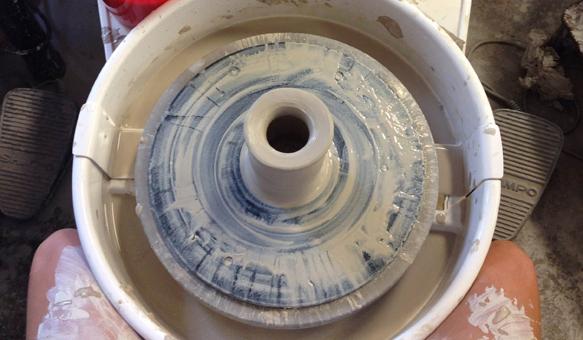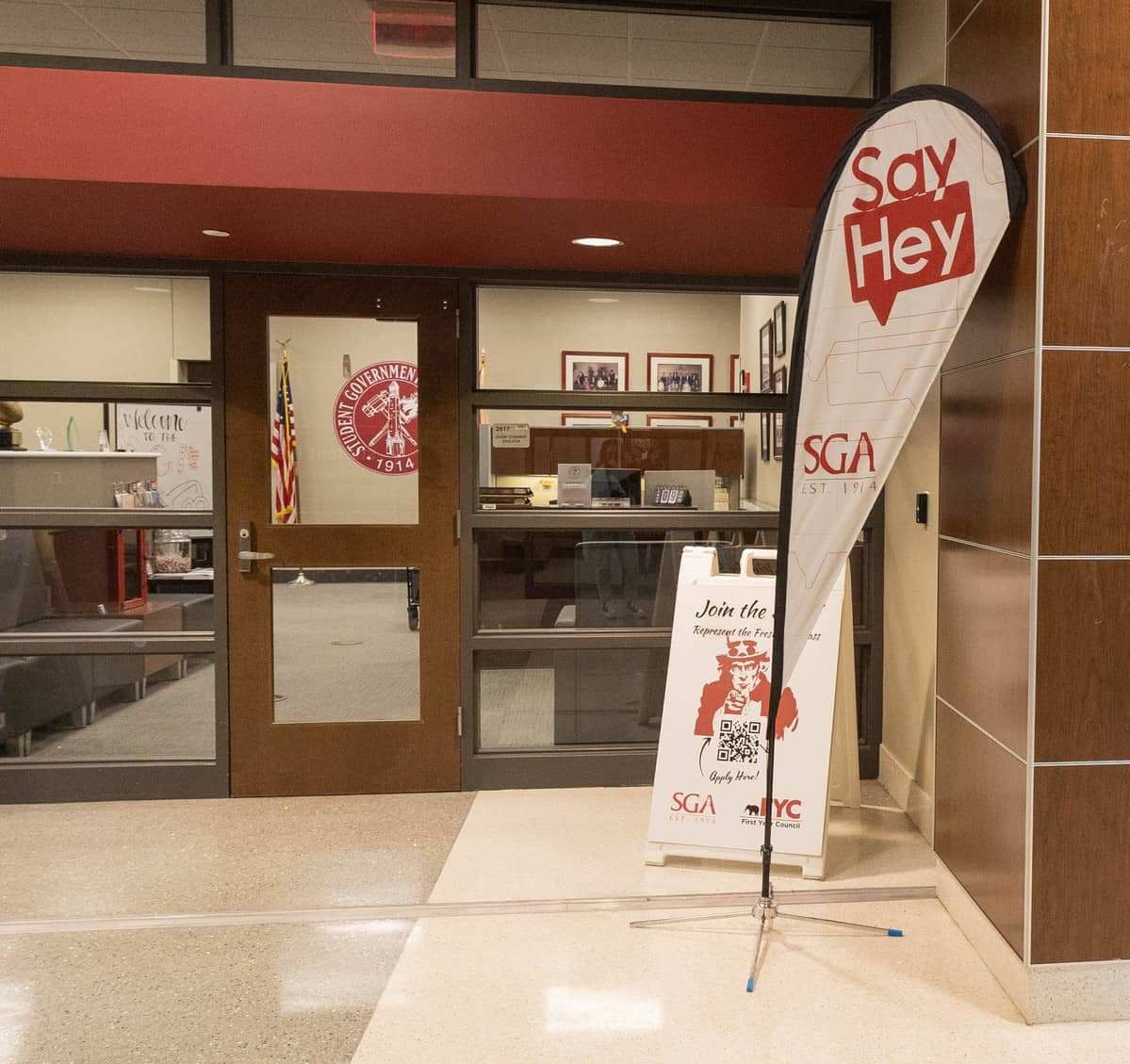While Art History, Honors Fine Arts and even Intro to Listening are available to UA students, all of these classes are lecture-style. The University doesn’t allow studio art classes to count towards the fine arts requirement.
However, for students interested in taking a studio art class as an elective, Ceramics I doesn’t require any prerequisites.
Matthew Mitros, a ceramics instructor, said 90 percent of his students are majoring in something other than art.
“I don’t get ‘artsy-fartsy’ with Ceramics I,” Mitros said. “I want it to be as enriching and enjoyable as possible.”
Ceramics I is made up of two components: throwing and handbuilding. Throwing involves shaping clay with a potter’s wheel, while handbuilding involves just what the name suggests – shaping clay by hand.
“We emphasize a strong technical foundation so that students’ extravagant and complicated ideas can succeed in the future,” Mitros said.
Thomas Kent Scott, a senior majoring in accounting, is a ceramics student and said his first project was to produce six cups or mugs.
“It’s not exactly easy because it takes a lot of skill to make a cup,” Scott said. “It’s more difficult than I expected.”
Scott, who originally took the class because he was in need of a few credits, said he is getting much more out of it than he expected.
“I’m learning a lot about an art that a lot of people really enjoy,” Scott said.
Hayley Harvison, a freshman majoring in elementary education, said she enjoyed the freedom she had to be creative in her high school ceramics class and is considering taking Ceramics I at the University.
“It’s harder than it looks,” she said. “It takes a lot of strength.”
The objectives of Ceramics I are for students to gain the skills, strength and experience necessary to make mugs, cups, pots, sculptures and more.
“I encourage students to consider how exciting and different it can be to use a different part of the brain and to use their hands to create something that can last 100 years or more,” Mitros said.
The students will not only gain a wider understanding of ceramics, but also of art and how it represents the general human experience.
“There is a rich history of human development in ceramics,” Mitros said. “As pottery becomes less and less necessary, it becomes more and more important as an art.”







